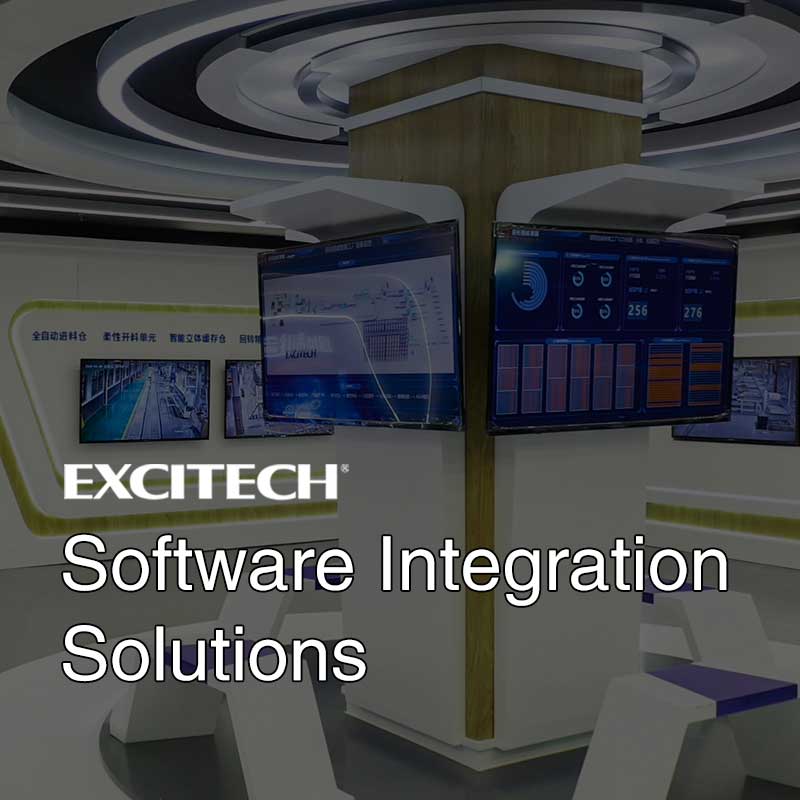Software and Hardware Integration Solution: What You Need to Know
2023-10-17
Introduction
In today's technology-driven world, Softeware and Hardware Integration Solutions play a crucial role in the development and implementation of virtually all areas of our daily lives. From smartphones to automobiles, and from healthcare to manufacturing, the need for efficient and reliable integration solutions has never been greater. In this blog post, we will explore the concept of Softeware and Hardware Integration Solution, why it is important, and the steps involved in achieving successful integration.
Preparing for the Blog
Before embarking on this blog post, it is essential to gather the necessary background information and resources. We will need to understand the different types of Softeware and Hardware Integration Solutions, their benefits, and the industries that they serve. To do this, we will review relevant articles, white papers, and research reports from industry experts and manufacturers. We will also visit exhibitions, trade shows, and conferences to learn about the latest trends and developments in the field.
The Role of Softeware in Integration Solutions
Softeware plays a critical role in Integration Solutions. It enables seamless communication and data exchange between various Hardware components, systems, and devices. Softeware can also optimize the performance of Hardware components by managing resources and prioritizing tasks. Additionally, Softeware can provide security features such as data encryption and access control to ensure the safety of systems and networks.
The Role of Hardware in Integration Solutions
Hardware also plays a significant role in Integration Solutions. It provides the physical infrastructure that supports Softeware and enables systems to function. Selecting the right Hardware components is crucial as it determines the overall performance and reliability of the integration solution. It is important to consider factors such as compatibility, scalability, and maintainability when choosing Hardware components. Furthermore, ensuring the proper configuration and deployment of Hardware components is essential to achieving a smooth-running Integration Solution.
Steps in Developing a Successful Integration Solution
Developing a successful Integration Solution involves several steps. The first step is to identify the problem statement and determine the business case for the integration solution. This involves understanding the pain points, goals, and objectives of the organization. The next step is to conduct a gap analysis to identify the hardware and software components that are required to address these pain points.
Following this, it is essential to design a blueprint for the integration solution that includes the various hardware and software components, their interactions, and the sequence of events. This blueprint should also detail the expected outcomes and benefits of the integration solution. Once the blueprint is finalized, it is time to implement the solution. This involves integrating the hardware and software components according to the blueprint, testing for functionality and performance, and fine-tuning as necessary.
Lastly, it is crucial to monitor and maintain the integration solution post-implementation to ensure its efficiency and reliability over time. This involves定期检查和更新 hardware components, patching and updating Softeware components to address any security vulnerabilities or bugs, and overall system performance optimization.
Summary
In conclusion, Softeware and Hardware Integration Solutions are crucial for enhancing system performance, reliability, and efficiency. They enable seamless communication and data exchange between hardware components, systems, and devices, thereby streamlining business processes and improving decision-making capabilities within organizations. When selecting and implementing an Integration Solution, it is essential to consider the specific pain points, goals, and objectives of the organization, ensuring alignment with business requirements. Additionally, selecting the right hardware components and configuring them properly is crucial to achieving optimal performance and reliability. Finally, it is essential to maintain the integration solution over time to ensure its efficiency and reliability.



